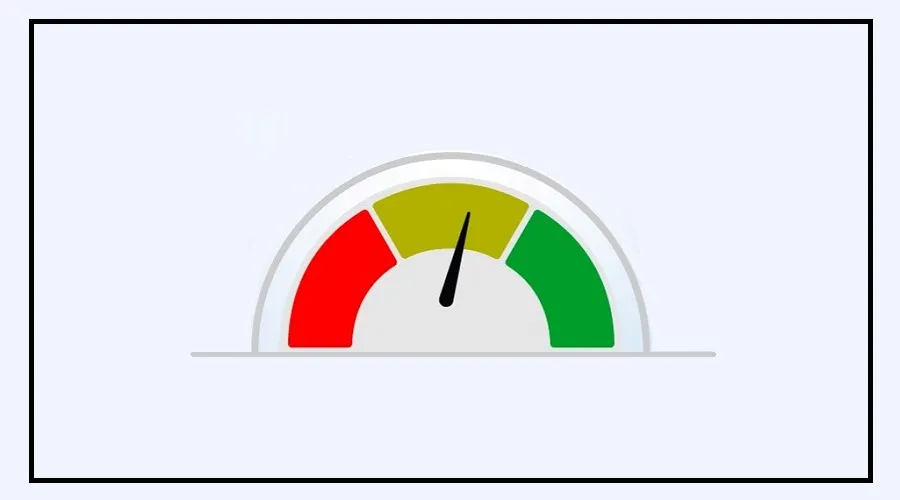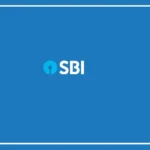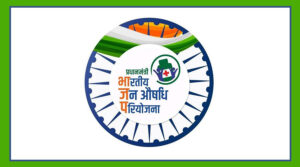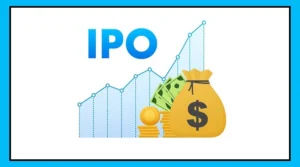What is ULI System: If you’ve ever taken a loan from a bank or NBFC, this news is important for you. Usually, your credit score—commonly known as the CIBIL score—is checked when you apply for a loan.
A low CIBIL score can lead to loan rejection or higher interest rates. But now, things are changing.
The Department of Financial Services (DFS) under the Finance Ministry has asked all government and private banks, as well as NBFCs, to join a new system called the Unified Lending Interface (ULI).
ULI Will Be Monitored Monthly
According to a report in Dainik Jagran, all financial institutions must appoint nodal officers to manage ULI. Also, the MDs and CEOs of banks have been instructed to review the system every month.
This was decided in a meeting led by DFS Secretary M. Nagaraju and RBI Deputy Governor T. Rabi Shankar.
The meeting included representatives from 12 government banks, 18 private banks, three small finance banks, and six NBFCs.
Let’s understand what this new ULI system is all about, and how it could change the way loans are given—moving away from the traditional CIBIL-based method.
What is Unified Lending Interface (ULI)?
ULI is a government-developed technology platform aimed at making the loan process simpler and faster. It helps reduce loan processing costs, speed up approvals, and extend loans to more people.
The platform gives banks and NBFCs digital access to land records and other useful data from various states—with the borrower’s consent.
ULI is designed to make loan approval hassle-free and quick, especially benefiting people in rural areas by cutting down the time needed for credit checks.
What Are the Benefits of ULI?
Back in August 2024, former RBI Governor Shaktikanta Das said that ULI would help meet the growing loan demands—especially for agriculture and MSME sectors.
According to ANI, he compared ULI’s potential impact to how UPI transformed digital payments in India.
He predicted that ULI will become a key part of India’s banking and lending structure. Das called the trio of JAM (Jan Dhan, Aadhaar, Mobile), UPI, and ULI a major step in advancing India’s digital infrastructure.
How Will ULI Work?
According to the former RBI Governor, ULI will use standardized APIs (Application Programming Interfaces) designed in a plug-and-play format.
This setup will make it easy to access digital data from various sources without complex technical steps.
It will help banks and NBFCs share financial and non-financial data quickly. Using ULI, lenders can get information about the borrower’s house, shop, farm, daily expenses, purchases, and spending ability—making it easier to evaluate loans.
When Was CIBIL Started?
ULI will also connect to e-commerce platforms and gig worker services. This means small shopkeepers and gig workers will now have a digital credit profile too.
CIBIL (Credit Information Bureau India Limited) started 25 years ago to track the credit scores of people who took loans or used credit cards.
Until now, only people with a history of borrowing had a CIBIL score. But with ULI, even first-time loan applicants can have their credit score tracked.























